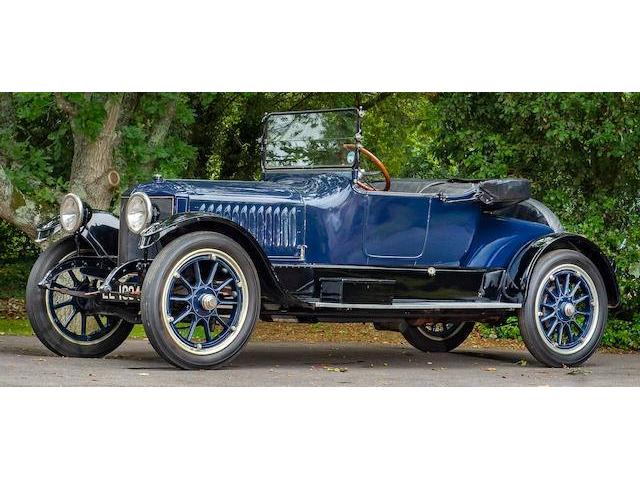1917 Stanley Three-Seat Steam Roadster
- Brand: Stanley
1917 Stanley Three-Seat Steam Roadster.
During motoring's pioneer period, while battery electrics were successful as a short-range town carriage and even shorter-range speed record breakers, steam and petrol cars seemed roughly equal in the duel to achieve commercial dominance. The steam engine's ability to develop maximum torque at minimum revolutions meant steam cars did not require the demanding and noisy gear change systems vital with a petrol engine. Neither did it demand those two most unreliable items - a carburettor and an ignition system. Because of its low-speed torque a steam engine could be geared to run at a speed below which vibration might intrude. It was quiet and clean, and early on for every rural engineer who understood petrol engines there would be a hundred who knew steam...
Francis E and Freeland O Stanley were identical twins whose Stanley Dry Plate Company produced photographic equipment. The brothers also designed steam cars, experimenting with a solitary prototype in 1887 before reviving the project in 1897. By the following year they had built three more, one of which completed a spectacular demonstration in Charles River Park, Boston where it successfully scaled an 80ft incline that had defeated its rivals. Orders for 200 cars resulted and the Stanleys were in business. That first design was sold to John Brisben Walker and manufactured as the 'Locomobile', while the Stanleys progressed to a non-condensing engine driving the rear axle directly, with a rear-mounted boiler, production of which commenced in 1902. With Mobile out of business by 1903 and Locomobile by that time making petrol-engined cars, Stanley dominated the steam-car market and continued to do so until 1927 when steamer production ceased. Stanley's sole UK agent was F Wilkinson of Manchester.
Descriptions & pictures by bonhams
| Specification | |
| Production Start | 1917 |
| Country of origin | USA |























